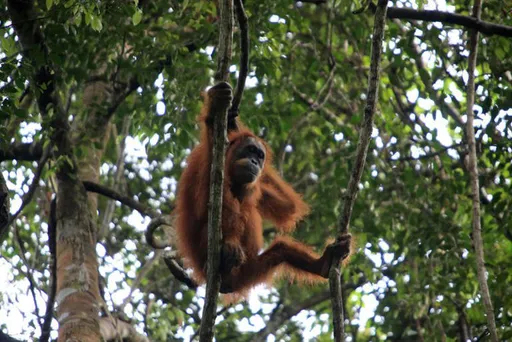In sub-zero temperatures, tens of thousands of pro-democracy demonstrators challenged the Russian government over the weekend in what is seen as one of the most consequential civilian protests of the last decade.
The return of Russia’s most famous opposition leader to the country, which was followed by his immediate arrest, sparked the ire of pro-democracy Russians, who swarmed across Moscow and other cities as they heard about his detention.
While Navalny's release is one of the prime demands of protesters, they say there's more to why they are out on the streets.
Navalny’s return to Russia
Navalny was arrested on 17 Jan 2021 at the Moscow airport, soon after he landed there after spending five months in Berlin for medical treatment. He was poisoned with Novichok, a deadly nerve agent that was previously used to try and kill a Russian spy alongwith his daughter in England. The effects of Novichok can be easily mistaken for a heart attack, experts say.
Navalny, however, survived the assasination attempt. He has accused the Russian government, led by Vladimir Putin, of attempting to kill him. His anti-corruption investigations amid government ranks not only gave him a large following of pro-democracy Russians, but also helped him turn his opposition into a social movement that directly challenges Putin's regime.
The Russian President has never mentioned Navalny's name publicly, a trait that is seen amongst other autocrats who tend to downplay the seriousness of civilian uprisings.
In Navalny's case, however, his supporters knew that the government would arrest him should he set foot back in the country.
Navalny still planned his return to bolster his movement and throw another challenge at Putin's door. He called on the Russian people to take part in the protests that had been planned to take place over the weekend following his return, even though the authorities warned of a tough crackdown.
In between his expected arrest and the planned rallies, his team made a final move to galvanise more support in the coming demonstrations. An investigative video questioning Putin’s wealth by claiming that the Russian President owned a secret Black Sea palace built on illicit funds and worth $1 Billion - an allegation Kremlin denies - was released. This all said, for Navalny’s team, succeeding in galvanising support for countrywide protests is not the end-goal.
"This was the first step on the road to victory,” his organisation, the Anti-Corruption Foundation said in a tweet. “See you again in a week."
Freedom of speech concerns
A day after Navalny’s arrest, a judge ordered him to be jailed for 30 days during a rushed court hearing in a makeshift courtroom set up in a police station.
“What is happening here is impossible,” Navalny said in the video in the police station. “This is the highest degree of lawlessness — I can’t call it anything else.”
Russians, both frustrated by the most recent corruption claims and Navalny’s extraordinary court hearing in a police station, carried banners and chanted slogans against Putin. One protester’s banner read: "This president is too expensive for us."
Memes of Russians holding trials in absurd locations to ridicule Navalny’s impromptu police station trial took over social media.
Meanwhile, a toilet brush became an unofficial symbol of the protest after Navalny declared that Putin has a $600 toilet brush in his Black Sea palace.
Sergei Radchenko, a 53-year-old protester in Moscow, told Reuters: "I'm tired of being afraid. I haven't just turned up for myself and Navalny, but for my son because there is no future in this country."
The Russian authorities, in return, arrested 3,400 people during the rallies in 100 cities, the Russian civil rights portal OVD-Info said Sunday.
The government also pressured social media platforms to remove videos that they claimed to be encouraging minors to participate, suggesting it’s illegal for them to join such mass actions.
Critics under threat
This is not the first time a Kremlin critic faced unprecedented consequences. Boris Nemtsov, a former opposition leader and once a top critic of the Russian President, was assassinated in 2017.
Another former KGB agent, Alexander Litvinenko, also died after being poisoned with polonium in 2006.
A member of the Pussy Riot, a punk anti-Kremlin activist group was allegedly poisoned in 2018, and several other members of the group went missing in the same year as they were detained by the Russian internal security and counterintelligence service.
In the same year, there was the near-fatal poisoning attempt of a former Russian spy - who later turned double agent for Britain - along with his daughter. Former American president Donald Trump introduced more sanctions on Russia after the incident on British soil.
























